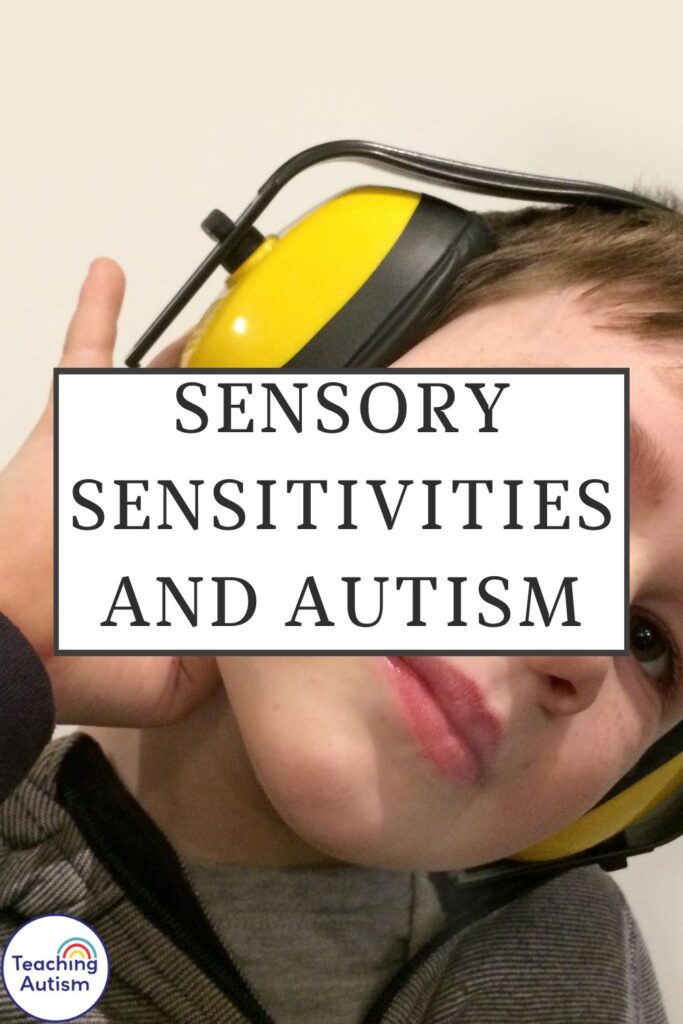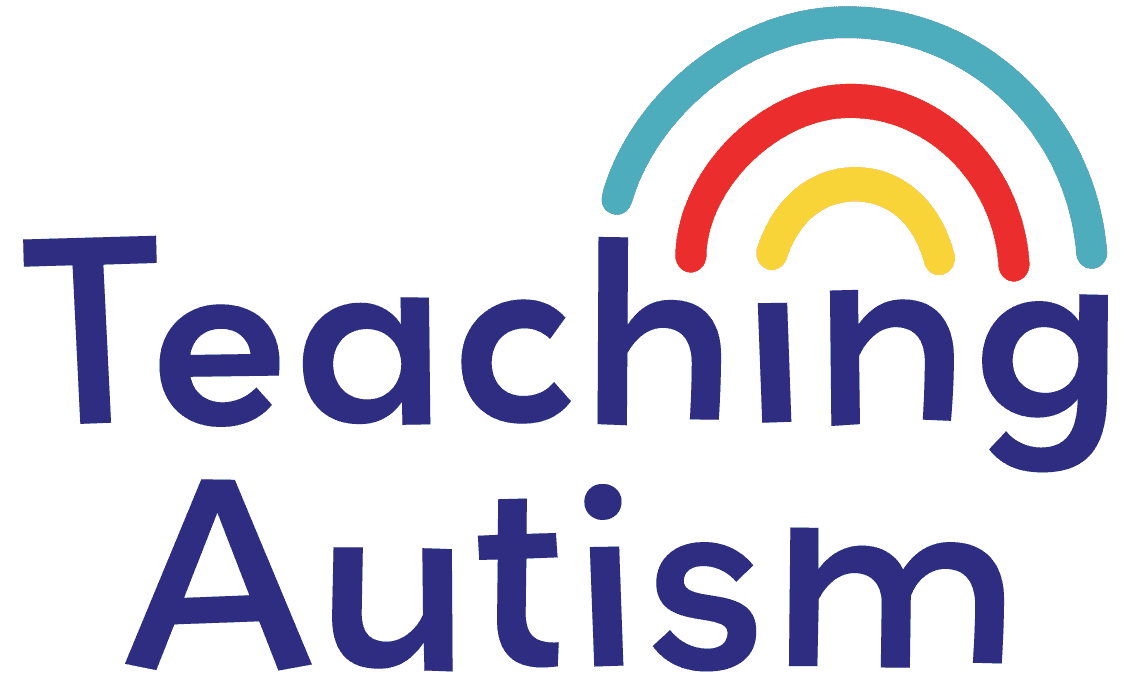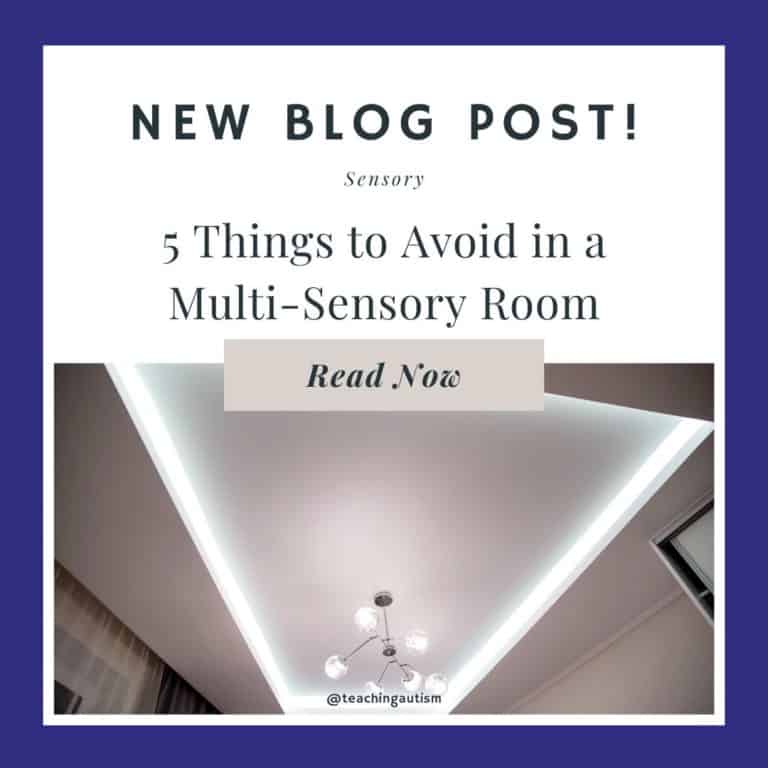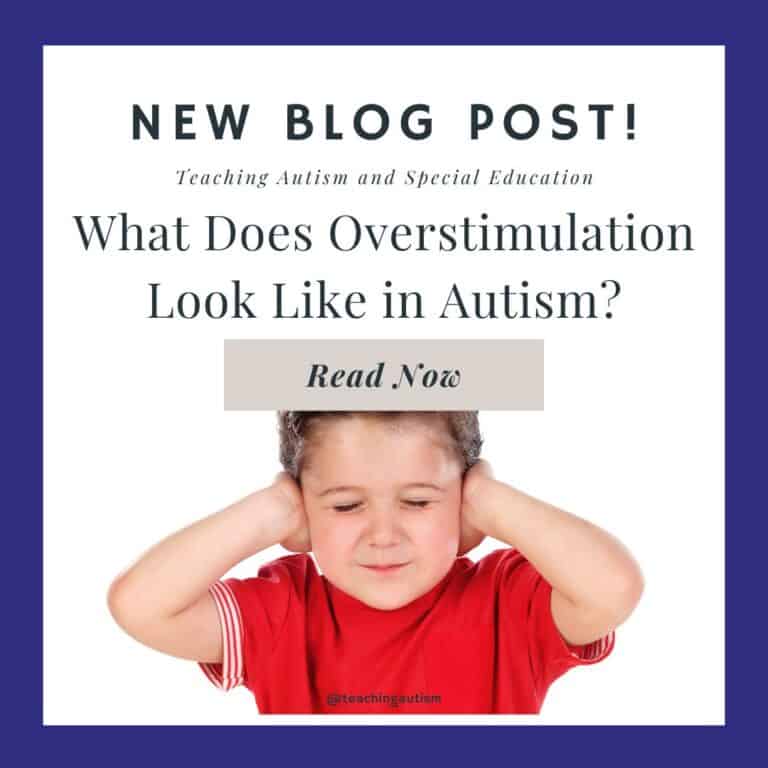Sensory Sensitivities and Autism
Many autistic individuals can also have sensory sensitivities. In this blog post I’m going to be briefly discussing sensory sensitivities and autism. My hope is that this blog post will help provide you with some information to help your student(s) in your classroom.
I highly encourage building relationships with other professionals around you so that you can help support your students as best as possible. This includes being able to assess sensory sensitivities, especially in the classroom.
This blog post may contain affiliate links. This means that if you purchase an item through my affiliate link, I may receive a % of commission at no extra cost to you. This helps support me, my family and my blog to bring you great content for free!
Today we’ll be discussing;
- sight
- sound
- taste
- smell
- touch
Sight
If the individual is under sensitive, then they may;
- See objects darker than they are.
- Have visual difficulties and differing eye sight.
- Find it difficult to look at things straight on / central and prefer to use peripheral vision instead.
- Struggle with perception of death, like when throwing and catching an object.
However, if the individual is over sensitive, then they may;
- Zone in and look at a piece of detail on an object rather than the whole object, i.e. a petal on a flower rather than the full flower in the flower pot.
- Struggle to sleep at night due to being extra sensitive to light.
- Find that their vision may be distorted and things may appear to dance around / move.
Black out blinds can be really helpful in an individual’s bedroom or play room where they spend a lot of their time. These help to block out any light and help to create a dark, calming environment in any room.
Here are my favorite black out blinds;
Sunglasses can also be very helpful, especially when they are able to block out the lights. There are also special light bulbs / lamps / lighting equipment available online.
Sound
If the individual is under sensitive, then they may;
- Have poor hearing in one or both ears.
- Not react or acknowledge some noises/sounds.
- Like loud noises / environments / crowds/ parties / noisy objects / musical instruments such as the drum etc.
However, the individual is over sensitive, then they may;
- Find noises louder than they are.
- Be able to listen to noises from a far away distance.
- Not be able concentrate if there are noises in the background.
- Struggle or not be able to block out sounds and needing to have pure silence for concentration.
It can be very helpful to communicate through signs and symbols with students if they are struggling with their hearing. Also providing ‘choice’ times when they are able to have noisy equipment can help. Along with this, our students should also have the opportunity for students who need the opposite to have quiet time.
Noise defenders can work really well for students who struggle with noises in the classroom. I have linked some of our favorite ones below;
Taste
If an individual is under sensitive, then they may;
- Like strong and spicy foods.
- Eat or place inedible objects in their mouth, i.e. toys, grass, sticks, faeces etc.
If an individual is over sensitive, then they may;
- Have a very restrictive diet where they do not like certain tastes.
- Struggle with certain food textures such as sloppy foods or lump foods etc.
- Have very sensitive taste buds meaning some foods may taste too strong for them.
Smell
If an individual is under sensitive, then they may;
- Have no sense of smell and struggle to smell certain things like their own body, perfumes, air fresheners etc.
- Put things to their mouth and lick them to try and ‘smell’ them this way to work out what the object/item is.
However, if an individual is over sensitive, then they may;
- Dislike people who have strong smells – strong body creams, hand creams, perfumes, after shave, deodorant etc.
- Find some smells too overpowering – air fresheners, spray etc.
Touch
If an individual is under sensitive, then they may;
- Like deep pressure and being held tightly.
- Have a high pain threshold where they may not even react at times should they fall and hurt themselves as they genuinely may not feel this.
- Be unable to feel food in their mouth.
- Self-harm – again this is paired with where they have a high pain threshold and they may not realize the extent of injuries/damage they are doing to themselves as they can’t feel it.
- Smear faeces because of the texture.
- Chew on items that give them the feedback they are craving.
However, if an individual is over sensitive, then they may;.
- Not be able to cope with any sort of touch or comfort.
- Find this ‘painful’ and will shy away.
- Flinch away if anyone gets too close to them or touch them.
- Not like to wear things such as socks, shoes, gloves etc. on their hands and feet.
- Struggle with certain textures of food and certain clothing types on their skin.
Chew toys can be a great option to help individuals chew on appropriate objects to give them the feedback that they need in a safe way. Having sensory sessions in the class can also help to provide the individual with the sensory feedback that they are requiring.
Weighted blankets can also be a great way to help provide the individual with the deep pressure that they may be craving.
If you have an individual who struggles with touch.. But for some reason you need to touch them, maybe it’s to check them over for injuries or a medical need etc. Then just go slow and show them what you are able to do. Move slowly, be in front of them and offer your hand. Let them come to you / accept you before moving forward.
I hope you found this blog post about sensory sensitivities and autism helpful. If so, please consider sharing it with your friends and colleagues on social media.
Helpful Links
You may also find the following links helpful;
- What is Multi-Sensory Learning?
- Sensory Stories Podcast Episode
- What is a Sensory Lifestyle?
- Sensory Profiles and How to Create Them

P.S. Have you signed up for a 3 day free trial of my VIP membership yet? If not, click here to do it now and go and get access to a huge range of resources, templates, crafts and more for free.
Nikki






